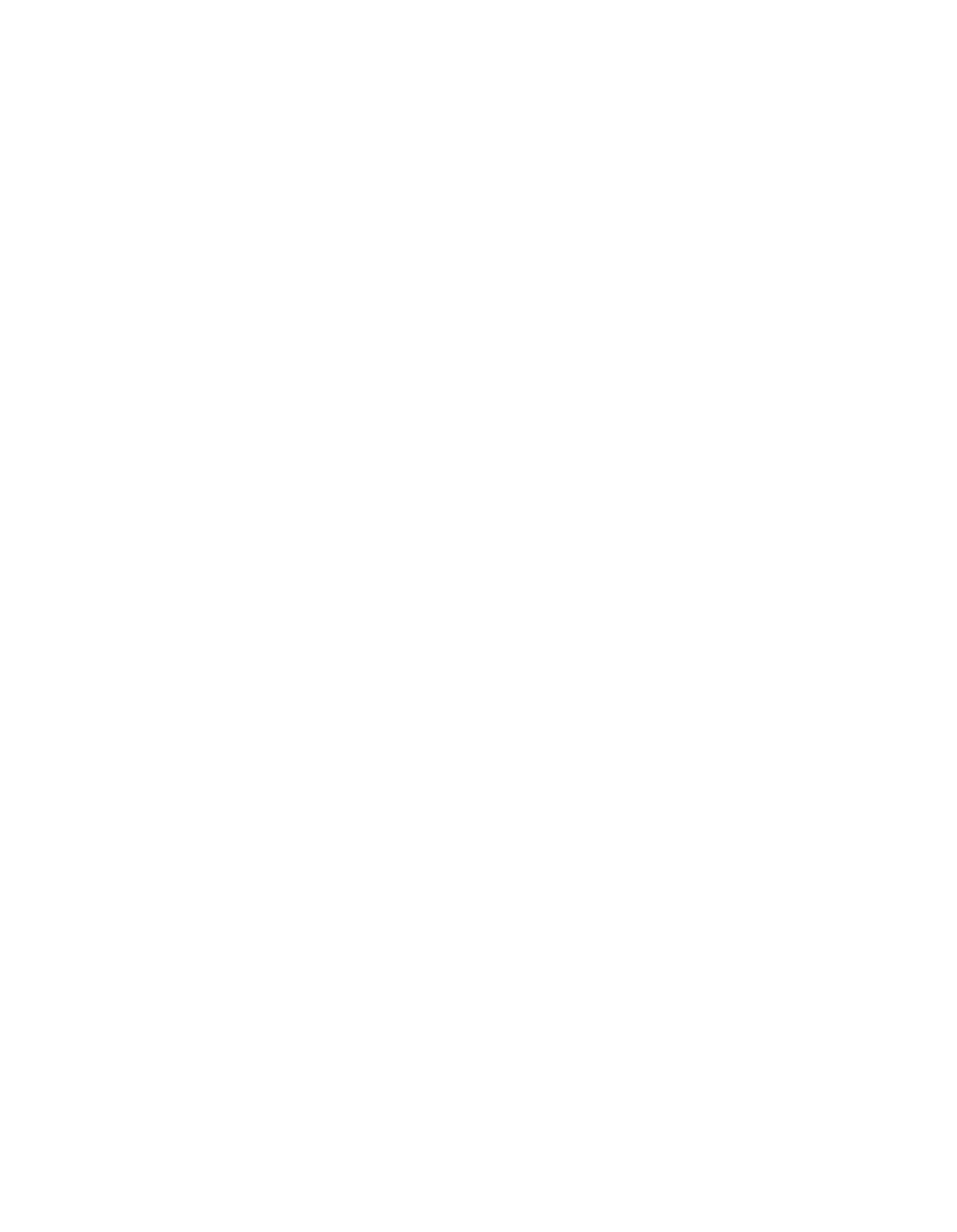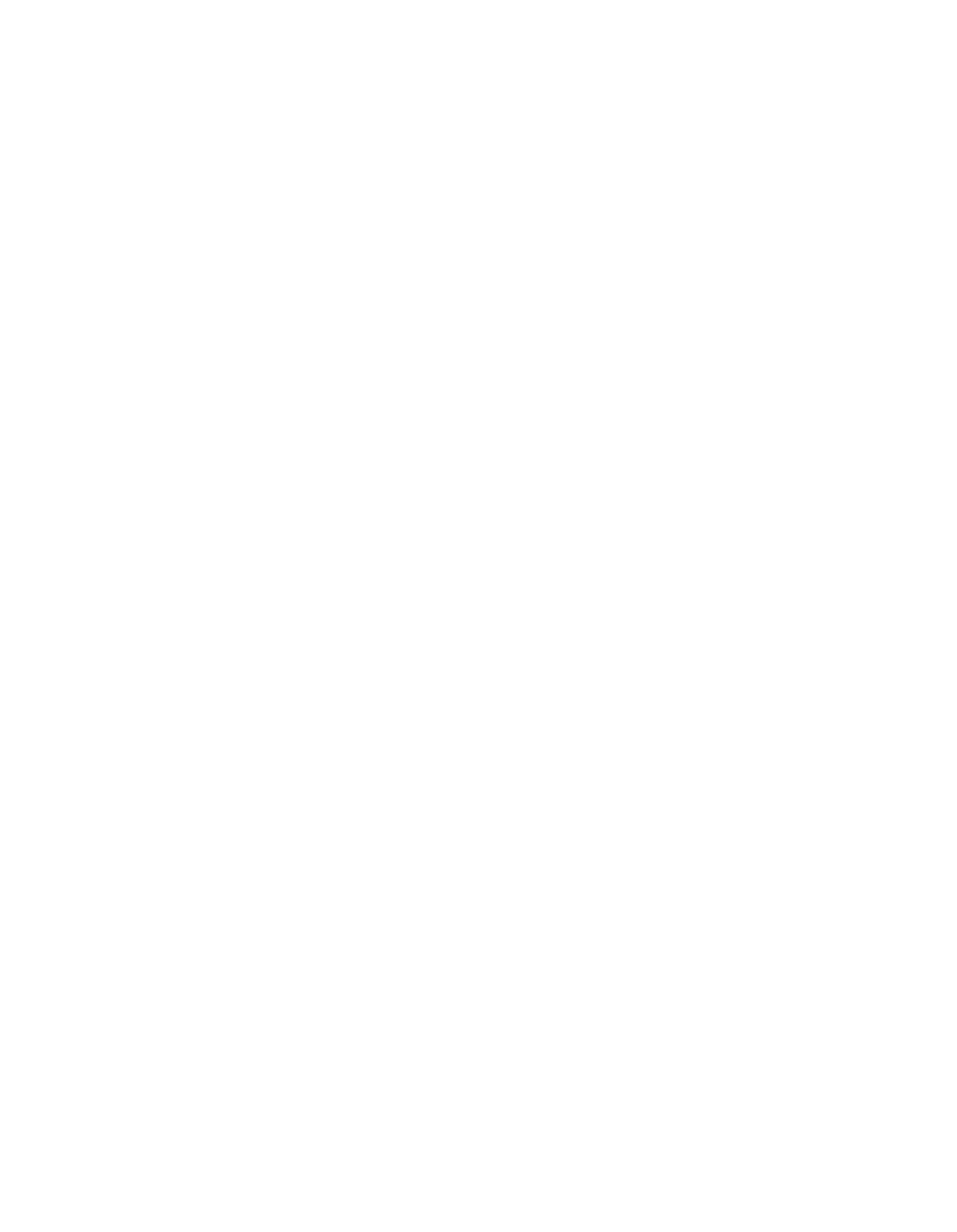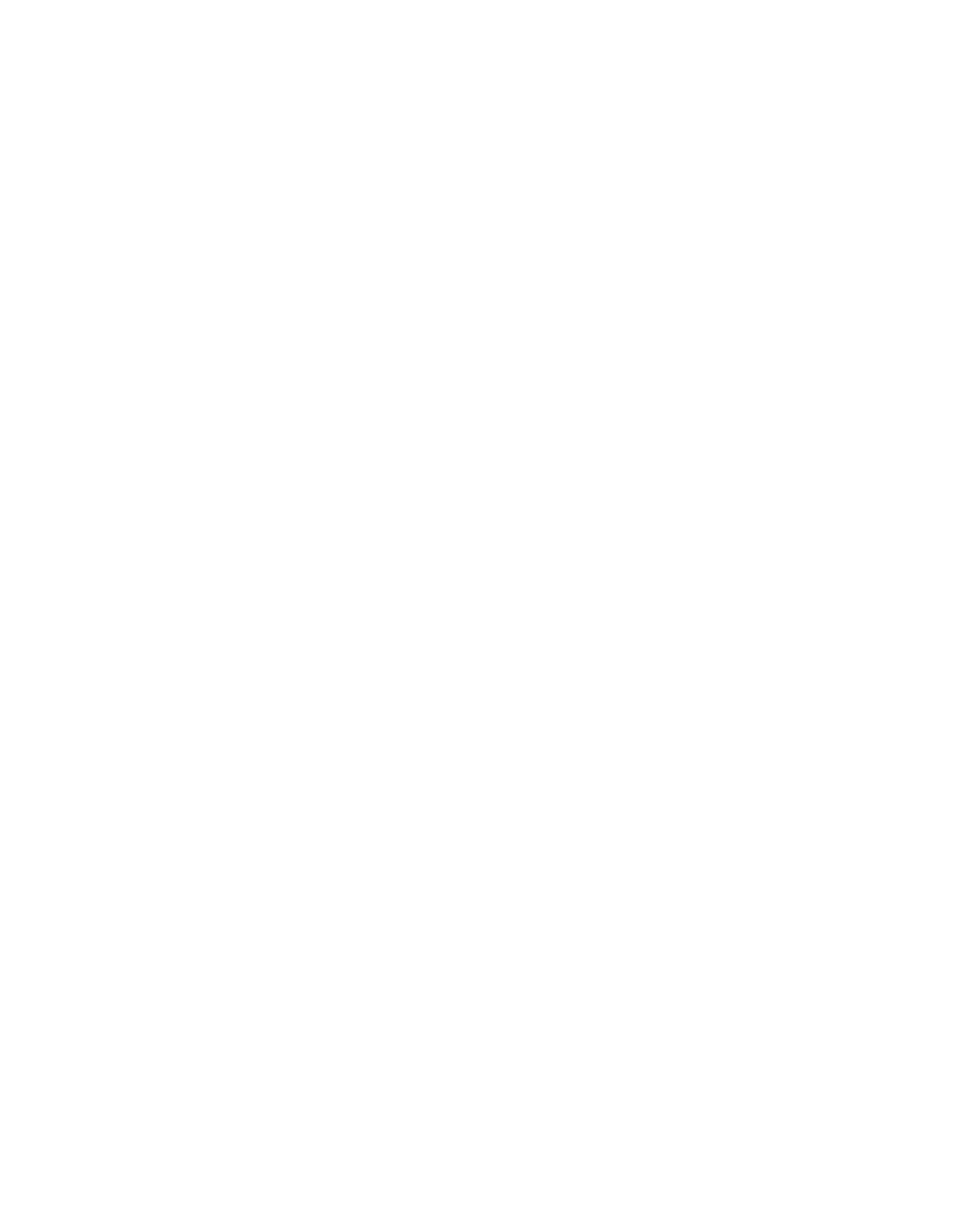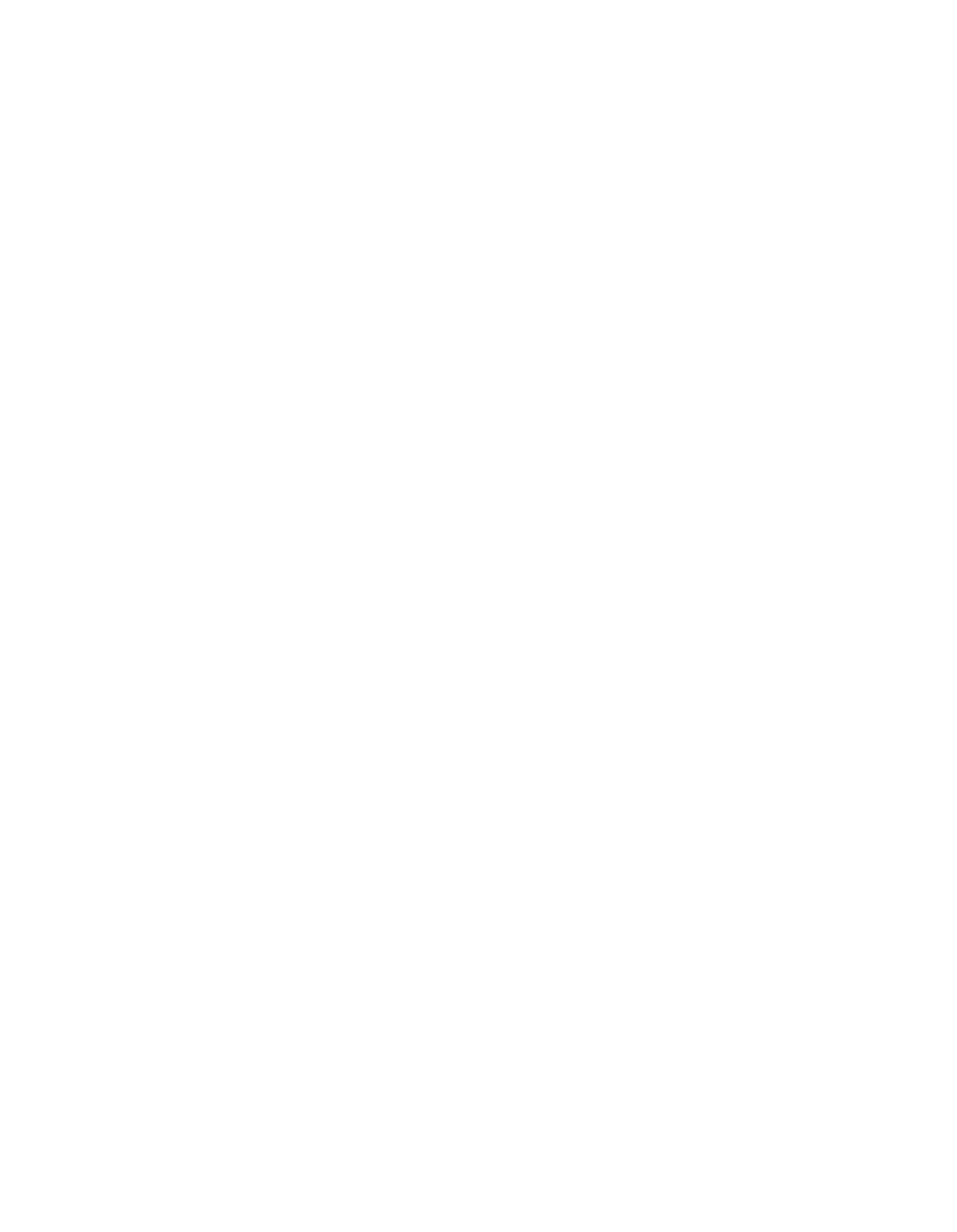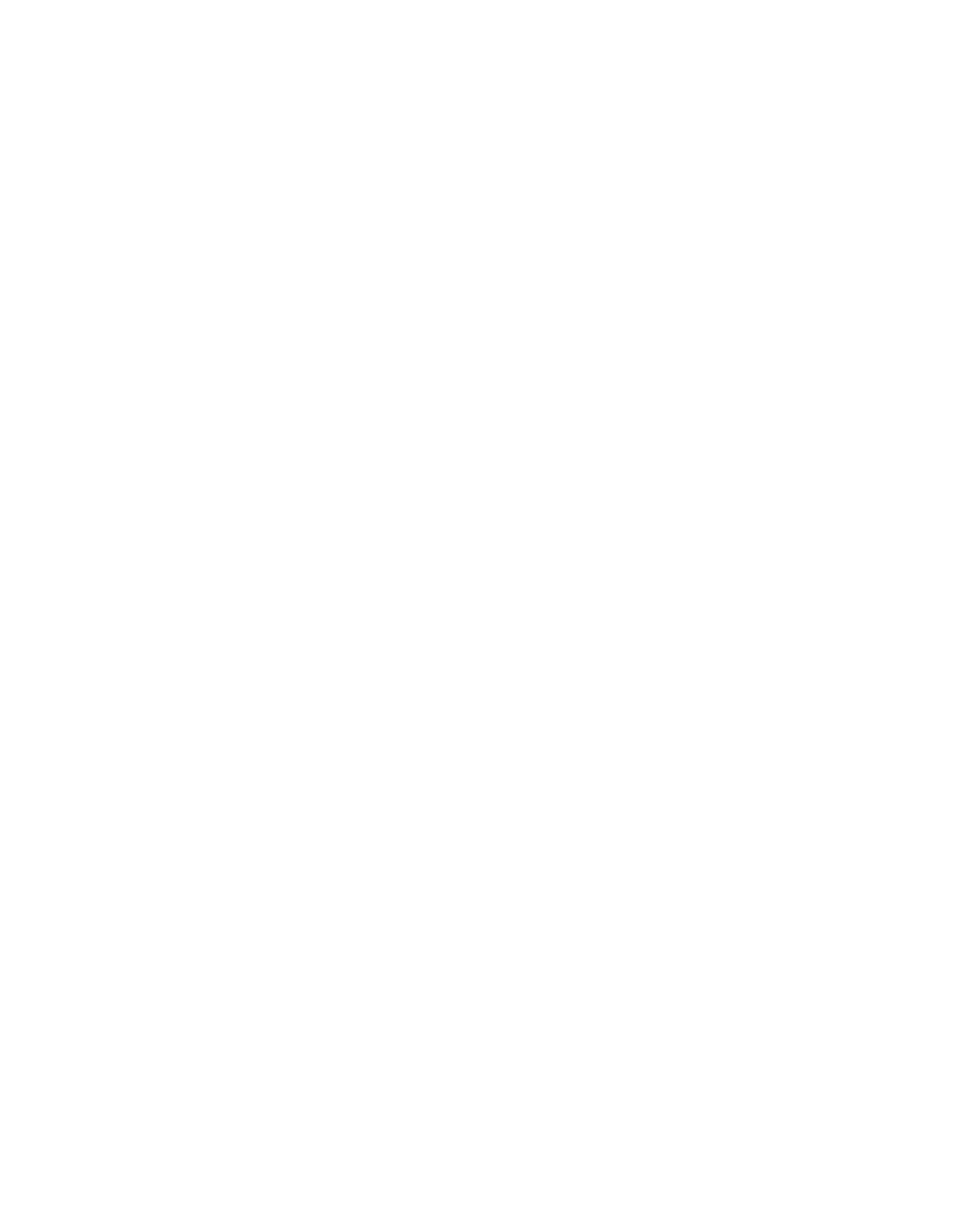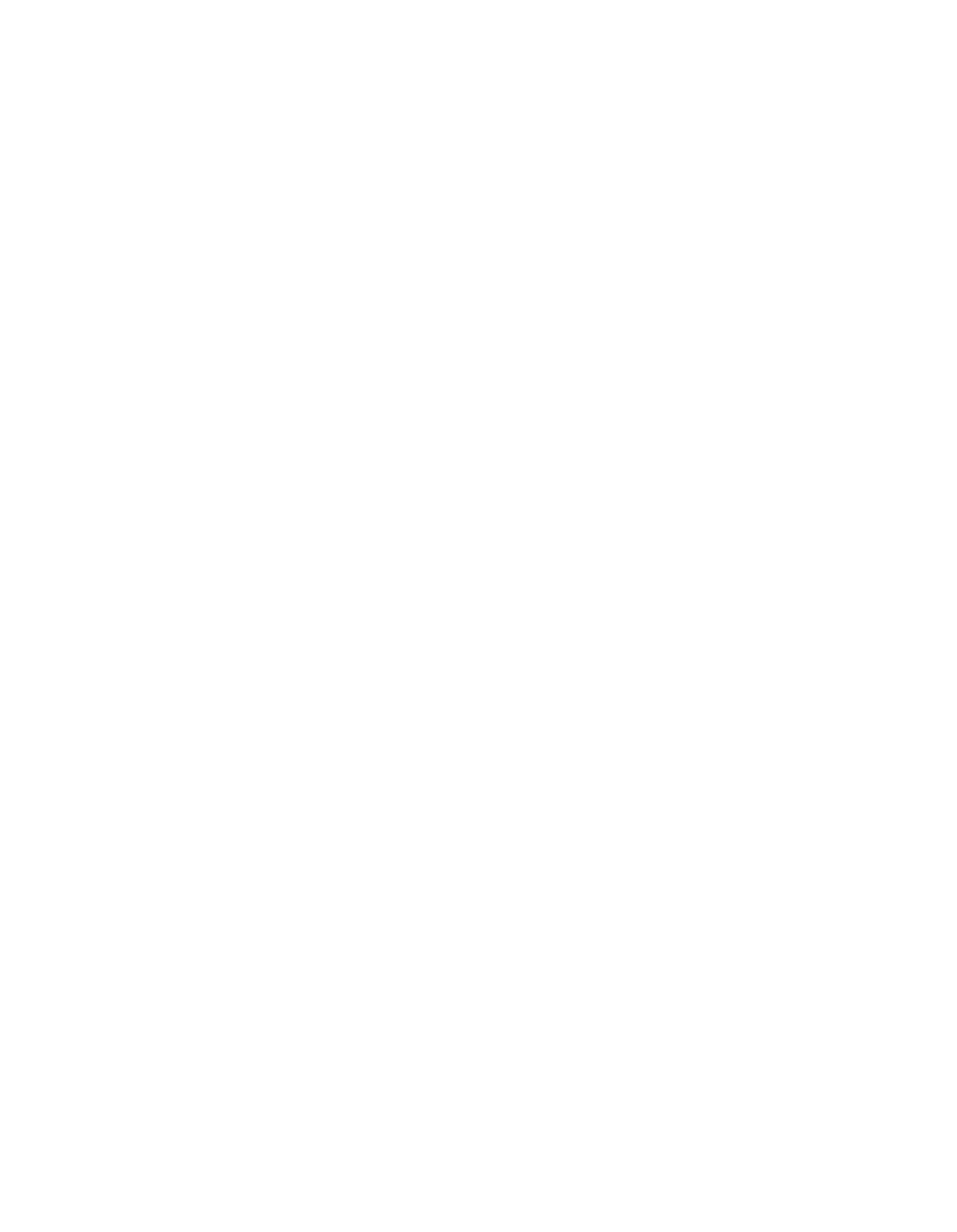ILLINOIS POLLUTION CONTROL BOARD
August
6,
1987
IN
THE
MATTER OF:
AMENDMENTS TO 35 ILL.
ADM.
)
R86—12
CODE 211
AND
215, ORGANIC
MATERIAL EMISSION STANDARDS
AND LIMITATIONS, FOR POLYSTYRENE
PLANTS
PROPOSED RULE
SECOND NOTICE
OPINION AND ORDER OF THE BOARD
(by B. Forcade):
This matter comes before the Board on
a March
11,
1986,
regulatory proposal by
the
Illinois Environmental Protection
Agency
(Agency)
for
the control of organic material emissions
from polystyrene plants.
Hearings were held
on October
15,
1986,
in Chicago and on October
16,
1986,
in Joliet.
Comments were
received through January 23, 1987.
On January 16, 1987,
the
Department of Energy and Natural Resources
(DENR)
filed
a letter
of negative declaration of economic
impact,
obviating
the need
for further economic study
of the proposed rules.
The
Economic
and Technical Advisory Committee of the DENR filed
a concurrence
on January 22,
1987.
The Agency filed
an amended proposal on
April
6,
1987, which entailed non—substantive codification
changes.
On May 28,
1987, the Board proposed regulatory language
for
first notice comment which was published at 11
Ill.
Reg.
10985,
June 19,
1987.
The statutory 45—day comment period ended on
August
3,
1987.
The Agency filed first notice comments, which
were mailed
on August
3,
1987
(P.C.
2).
The Administrative Code
Unit
of the Secretary of State’s office also filed comments
regarding non—substantive format changes.
Those changes have
been incorporated
in today’s second notice order.
Additionally,
the Board deletes one of
the incorporations by reference,
as
unnecessary to this regulation.
A detailed discussion of the evidence and Board resolution
of the issues is provided
in the May
28,
1987, Opinion in
this
matter and will not
be repeated here.
However,
a brief summary
is provided.
Today’s proposal is one of
a series of Board
actions directed at promulgating rules implementing reasonably
available control technology (“RACT”)
for the control
of ozone
precursors from existing major stationary sources
(emissions
greater than 100 tons/year).
The implementation of RACT in non—
attainment areas for ozone
is required as part of
a federally
approvable state implementation plan under
the federal Clean Air
Act,
42 U.S.C. 7401
et
seq..
The proposed
rules would control
80—223
—2--
volatile organic material
(“VOM”)
emissions from major stationary
polystyrene plants.
Four facilities were identified
as being
regulated by the proposed rules
in urbanized non—attainment
planning areas.
All four facilities appear
to be currently in
compliance with the proposed rule.
Consequently,
there
is no
cost associated with compliance with these
rules.
The Agency,
in its comments, notes that there are currently
pending proposed amendments
to the definition of “volatile
organic material”
(VOM)
in
a separate docket, P86—37.
These
proposed amendments would delete the vapor—pressure based
definition of VOM and would modify the definition proposed
in the
instant docket.
The Agency recommends deleting the definition
contained in the Board’s proposed
rule in the P86—12 docket and
replace
it with the proposed definition
in P86—37.
The Board
believes that the best course of action
is to retain the existing
definition
of VOM proposed at Section 215.104
in this proceeding
and address the proposed redefinition of VOM
in the R86—37
docket.
First, there
is no record established
in the instant
proceeding supporting
such
a change.
Second, the Board has not
yet substantively ruled on the merits regarding the proposed
redefinition
of VOM pending
in P86—37,
as
the record still
remains
open.
(See
P86—37,
Proposed Redefinition of VOM, Opinion
and Order,
July 16,
1987.)
The Board, by this discussion,
does
place
the potentially affected polystyrene manufacturing sources
on notice of
the proposed redefinition of VOM pending
in docket
R86—37.
The Board will propose rules
for second notice review
by the
Joint Committee on Administrative Rules.
This action will help
fulfill the state’s legal
obligations to demonstrate that
existing major stationary VOM emission sources in non—attainment
planning regions are subject to regulations representing RACT.
ORDER
The following amendments to 35
Ill. Adm. Code 215 are
directed
to second notice review by the Joint Committee on
Administrative Rules.
TITLE 35:
ENVIRONMENTAL PROTECTION
SUBTITLE
B:
AIR POLLUTION
CHAPTER
I:
POLLUTION CONTROL BOARD
SUBCHAPTER
C:
EMISSION STANDARDS AND LIMITATIONS
FOR STATIONARY SOURCES
PART 215
ORGANIC MATERIAL EMISSION STANDARDS AND LIMITATIONS
SUBPART A:
GENERAL PROVISIONS
80—224
—3—
Section
215.100
215.101
215.102
215.103
215.104
215.105
215.106
Section
215.141
215.142
215.143
215.144
Section
215.181
215.182
215.183
215.184
215.185
Section
215.202
215.204
215.205
215.206
215.207
215.208
215.209
215.210
215.211
215.212
215 .213
Introduction
Clean—up and Disposal Operations
Testing
Methods
Abbreviations and Conversion
Factors
Definitions
Incorporations by Reference
Afterburners
SUBPART
B:
ORGANIC EMISSIONS FROM STORAGE
AND LOADING OPERATIONS
Storage Containers
Loading Operations
Petroleum Liquid Storage Tanks
External Floating Roofs
Compliance Dates and Geographical Areas
Compliance Plan
SUBPART C:
ORGANIC EMISSIONS FROM
MISCELLANEOUS EQUIPMENT
Separation Operations
Pumps and Compressors
Vapor Blowdown
Safety Relief Valves
SUBPART
E:
SOLVENT CLEANING
Solvent Cleaning
in General
Cold Cleaning
Open Top Vapor Degreasing
Conveyorizec5 Degreasing
Compliance Plan
SUBPART
F:
COATING OPERATIONS
Compliance Schedules
Emission Limitations for Manufacturing Plants
Alternative Emission Limitations
Exemptions from Emission Limitations
Internal Offsets
Testing Methods
for Solvent Content
Exemption from General Rule on Use of Organic Material
Alternative Compliance Schedule
Compliance Dates
and Geographical Areas
Compliance Plan
Special Requirements
for Compliance Plan
Section
215.121
215.122
215.123
215.124
215.125
215 .126
80—225
—4—
Use of Organic Material
Alternative Standard
Fuel Combustion Emission Sources
Operations with Compliance Program
Viscose Exemption
(Repealed)
Section:
215.340
215.342
215.344
215.345
215 .346
215.347
Section
215.401
215.402
215.403
215.404
215.405
215.406
215.407
Section
215.420
215.421
215.422
215 .423
215 .424
215.425
215 .4 26
215.427
215.428
Section
Hexane Extraction Soybean Crushing
Hexane Extraction Corn Oil Processing
Recordkeeping for Vegetable Oil Processes
Compliance Determination
Compliance Dates and Geographical Areas
Compliance Plan
SUBPART
P:
PRINTING AND PUBLISHING
Flexographic and Rotogravure Printing
Exemptions
Applicability of Subpart K
Testing
and Monitoring
Compliance Dates and Geographical
Areas
Alternative Compliance Plan
Compliance Plan
SUBPART
Q:
SYNTHETIC ORGANIC CHEMICAL AND POLYMER
MANUFACTURING
General Requirements
Inspection Program Plan for Leaks
Inspection Program for Leaks
Repairing
Leaks
Recordkeeping for Leaks
Reporting
for Leaks
Alternative Program for Leaks
Compliance Dates and Geographical Areas
Compliance Plan
SUBPART R:
PETROLEUM REFINING AND RELATED
INDUSTRIES; ASPHALT MATERIALS
Petroleum Refinery Waste Gas Disposal
Vacuum Producing Systems
Wastewater
(Oil/Water)
Separator
SUBPART
K:
USE OF ORGANIC MATERIAL
Section
215.301
215.302
215.303
215.304
215.305
SUBPART
N:
VEGETABLE OIL PROCESSING
215.441
215.442
215.443
80—226
Process Unit Turnarounds
Leaks:
General Requirements
Monitoring Program Plan for Leaks
Monitoring Program for Leaks
Pecordkeeping for Leaks
Reporting
for Leaks
Alternative Program
for Leaks
Sealing Device Requirements
Compliance Schedule
for Leaks
Compliance Dates and Geographical Areas
SUBPART S:
RUBBER AND MISCELLANEOUS
PLASTIC PRODUCTS
Manufacture of
Pneumatic Rubber Tires
Green Tire Spraying Operations
Alternative Emission Reduction Systems
Testing and Monitoring
Compliance Dates and Geographical Areas
Compliance
Plan
SUBPART
U:
COKE MANUFACTURE AND
By—PRODUCT RECOVERY
Exception
Coke By—Product Recovery Plants
Coke By—Product Recovery Plant Leaks
Inspection Program
Recordkeeping Requirements
Reporting Requirements
Compliance Dates
Compliance
Plan
SUBPART W:
AGRICULTURE
Section
215.541
Pesticide Exception
SUBPART X:
CONSTRUCTION
Architectural Coatings
Paving Operations
Cutback Asphalt
Section
215.581
Bulk Gasoline Plants
215.582
Bulk Gasoline Terminals
—5—
215 .444
215.445
215.446
215 .447
215.448
215.449
215.450
215.451
215.452
215.453
Section
215.461
215.462
215.463
215.464
215.465
215.466
Section
215.500
215.510
215.512
215.513
215.514
215.515
215.516
215.517
Section
215.561
215.562
215 .563
SUBPART Y:
GASOLINE DISTRIBUTION
80—227
—6—
215.583
Gasoline Dispensing Facilities
SUBPART
Z:
DRY CLEANERS
Section
215.601
215.602
215 .603
215.604
215.605
215.606
215.607
205.608
215.609
215. 610
215.611
215.612
215.613
Perchloroethylene
Dry Cleaners
Exemptions
Testing and Monitoring
Compliance Dates and Geographical Areas
Compliance Plan
Exception
to Compliance
Plan
Standards
for Petroleum Solvent Dry Cleaners
Operating Practices
for Petroleum Solvent Dry Cleaners
Program for Inspection and Repair
of Leaks
Testing and Monitoring
Exemption
for Petroleum Solvent Dry Cleaners
Compliance
Dates and Geographical Areas
Compliance Plan
SUBPART
B13:
POLYSTYRENE
PLANTS
Section
215.875
215.877
215.879
215.881
215.883
215.886
Applicability of
Subpart BB
Emissions Limitation
at Polystyrene Plants
Compliance Date
Compliance Plan
Special Requirements for Compliance Plan
Testing and Monitoring
Appendix A
Appendix
B
Appendix
C
Appendix
D
Rule
into Section Table
Section
into Rule Table
Past Compliance Dates
List of Chemicals Defining Synthetic Organic
Chemical and Polymer Manufacturing
AUTHORITY:
Implementing Section
10 and authorized
by Section 27
of the Environmental Protection Act
(Ill. Rev.
Stat.
1985,
ch.
1111/2,
pars.
1010 and 1027).
SOURCE:
Adopted as Chapter
2:
Air Pollution,
Rule 205:
Organic Material Emission Standards and Limitations,
P71—23,
4 PC8 191,
filed and effective April
14, 1972;
amended
in
R77—3,
33 PCB 357,
at
3 Ill.
Reg.
18,
p.
41, effective
May 3, 1979;
amended
in R78—3
and P78—4,
35 PCB 75, at
3
Ill.
Peg.
30,
p.
124,
effective July 28,
1979;
amended
in P80—5
at
7
Ill.
Peg.
1244, effective January
21,
1983; codified
at
7
Ill. Reg.
13601; Notice
of Corrections at
7 Ill.
Peg.
14575; amended
in P82—14
at
8 Ill.
Peg.
13254,
effective
July
12,
1984; amended
in P83—36 at
9
Ill. Reg.
9114,
effective
May 30,
1985; amended
in P82—14 at
9
Ill.
Reg.
13960,
effective
80—228
—7—
August 28,
1985;
amended
in P85—28 at 11
Ill.
Peg.
3127,
effective February
3,
1987; amended
in P82—14 at
11
Ill.
Reg.
7296,
effective April
3,
1987;
amended
in P86—12
at
______
Ill.
Peg.
_______________,
effective
______________________
SUBPART A:
GENERAL PROVISIONS
Section 215.104
Definitions
The definitions of
35
Ill. Adm.
Code 201 and 211 apply to this
Part,
as well
as
the definition contained
in this Section.
Where
the definition contained
in this Section
is more specific than
that found
in Parts
201 or
211,
it shall take precedence
in
application of
this Part.
“Binders”:
Organic materials and resins which do not
include volatile organic materials.
“Clear Topcoat”:
The final coating which contains
binders,
but not opaque pigments, and
is specifically
formulated
to
form
a transparent or
translucent solid
protective
film.
“Continuous Process”:
A method
of manufacture
of
polystyrene resin
in which
the styrene
raw material
is
delivered on
a continuous basis
to the reactor
in which
the styrene
is polymerized
to polystyrene.
“Conventional Soybean Crushing Source”:
Any hexane
extraction soybean crushing equipment that uses direct
contact steam for desolventizing and producing
toasted
soy meals.
“Component”:
Any piece of equipment which has the
potential
to leak volatile organic material
including,
hut not limited
to, pump seals,
compressor seals,
seal
oil degassing vents, pipeline valves, pressure relief
devices, process drains and open ended pipes.
This
definition excludes valves which are not externally
regulated,
flanges,
and equipment
in heavy liquid
service.
For purposes of Subpart
Q,
this definition
also excludes ball and plug valves.
“Furniture Coating Application Line”:
The combination
of coating application equipment,
flash—off area,
spray
booths,
ovens, conveyors,
arid other equipment operated
in
a predetermined sequence for purpose of apply coating
materials
to wood furniture.
“Heatset”:
A class
of web offset lithography which
requires
a heated dryer
to solidify the printing inks.
80—229
—8—
“Heavy Liquid”:
Liquid with
a true vapor pressure of
less than 0.3 kPa
(0.04 psi)
at 294.3
K (70
F)
established
in
a standard reference
text
or
as
determined by ASTM method D—2879;
or which has 0.1 Peid
Vapor Pressure
as determined by ASTM method D—323; or
which when distilled requires a temperature of 421.95K
(300
F)
or greater
to recover
10
of the liquid as
determined by ASTM method D—86.
“Light Liquid”:
Volatile organic material
in the liquid
state which
is not defined
as heavy liquid.
“Light Oil”:
A liquid condensed
or absorbed
from coke
oven gas composed
of benzene,
toluene, and xylene.
“Material Recovery Section”:
Any equipment designed to
transport and recover
styrene monomer and other
impurities
from other products and by—~roducts in
a
polystyrene plant,
including but not limited
to the
~~yrene
devolatilizer unit and styrene recovery unit.
“Offset’:
Use of
a blanket cylinder
to transfer ink
from the plate cylinder
to the surface
to be printed.
“Opaque Stains”:
All stains containing pigments not
classified
as semi—transparent stains including stains,
glazes and other opaque material to give character
to
wood.
“Pigments Coatings”:
Opaque coatings containing binders
and colored pigments which are formulated
to conceal the
wood surface either
as
an undercoat or topcoat.
“Polystyrene Plant”:
Any plant using styrene
to
manufacture polystyrene resin.
“Polystyrene Resin”:
A substance consisting
of styrene
polymer and additives which
is manufactured
at
a
polystyrene plant.
“Repair Coatings”:
Coatings
to correct
imperfections or
damage
to furniture
surface.
“Sealer”:
Coating containing binders which seals the
wood prior
to application
to subsequent coatings.
“Semi—transparent
Stains”:
Stains containing dyes or
semi—transparent pigments which are formulated
to
enhance wood grain and change the color
of the surface
but not
to conceal the surface,
including,
but not
limited
to, sap stain,
toner, non—grain raising stains,
pad stain,
spatter
stain.
80—230
—9—
“Specialty Soybean Crushing Source”:
Any hexane
extraction soybean crushing equipment using indirect
steam heat
in flash or vapor desolventizers
as the
primary method
of desolventizing and producing specialty
solvent extracted soy flakes,
grits or
flour.
“Styrene Devolatilizer Unit”:
Equipment performing the
function
of separating unreacted styrene monomer and
other volatile components
from polystyrene
in
a vacuum
devolatilizer.
“Styrene Recovery Unit”:
Equipment performing
the
function of separating styrene monomer from other
less
volatile components
of
the styrene devolatilizer unit’s
output.
The
separated
styrene
monomer
may
be
reused
as
raw material
in the polystyrene plant.
“Volatile Organic Material”:
Any organic material which has a vapor pressure of
17.24
kPa
(2.5 psia)
or greater at 294.3
K
(70 F).
For purposes of
this definition,
the
followinj are not volatile organic materials:
Methane
Ethane
1,1, l—trichloroethane
Methylene chloride
Tr ichiorofluoromethane
Dichlorodifluoromethane
Chlorodifluorome thane
Trifluoromethane
Trichlorotrifluoroethane
Chlor opentafluoroetbane
For purposes of the following Sections,
volatile
organic materials are any organic materials having
the corresponding vapor pressures at 294.3
K
(70 F):
Sections
Vapor Pressure
215.181
—
215.184
0.013 kPa
(
.0019 psia)
215.104
—
215.209
0.013 kPa
(
.0019 psia)
215.340
—
215.345
0.013 kPa
(
.0019 psia)
215.401
—
215.408
0.013 kPa
(
.0019
psia)
215.420
—
215.428
0.013
kPa
(
.0019 psia)
215.441
—
215.444
10.34
kPa
(1.5
psia)
215.445
—
215.451
0.013
kPa
(
.0019
psia)
215.461
—
215.464
0.013
kPa
(
.0019
psia)
215.875
—
215.886
0.013
kPa
(
.0019 psia)
80—231
—10—
215.510
—
215.513
0.013 kPa
(
.0019 psia)
215.601
—
215.613
0.013 kPa
(
.0019 psia)
“Wash Coat”:
Coating containing binders which seals
wood surfaces, prevents undesired staining and controls
penetration.
“Web”:
A substrate which
is printed
in continuous roll—
fed presses.
“Wood Furniture”:
Room furnishings
including cabinets
(kitchen, bath and vanity),
tables, chairs,
beds,
sofas,
shutters, art objects, wood paneling, wood flooring, and
any other coated furnishings made
of wood, wood
composition or fabricated wood materials.
(Source:
Amended
at
____
Ill. Peg.
_________,
effective
_____________
Section 215.105
Iricorporations by Reference
The following materials are incorporated by reference:
a)
American Society for Testing
arid Materials,
1916
Race
Street,
Philadelphia, PA 19103:
1)
ASTM D 1633—59 Method A
2)
ASTM
D
1475—60
3)
ASTM
D
2369—73
4)
ASTM
D
2879
—
83
(Approved
1983)
5)
ASTM
D
323
—
82 (Approved 1982)
6)
ASTM
D
86
—
82
(Approved
1982)
7)
ASTM
E 260
—
73
(Approved
1973),
E
168
—
67
(Reapproved 1977),
E 169
—
63
(Reapproved 1981),
E
20 (Approved 1985)
b)
Federal Standard l4la, Method 4082.1
c)
National Fire Codes, National Fire Protection
Association, Battery March Park, Quincy, Massachusetts
02269
(1979)
d)
United States Environmental Protection Agency,
Washington, D.C.,
EPA—450/2—77—026, Appendix A
80—232
—11—
e)
Standard
Industrial
Classification
Manual,
published
by
Executive
Office
of
the
President,
Office of Management
and
Budget,
Washington,
D.C.,
1972
(Board
Note:
The
incorporations
by
reference
listed
above
contain
no
later
amendments
or
editions.
(Source:
Amended
at
Ill.
Peg.
________,
effective
____________
SUBPART
BB:
POLYSTYRENE
PLANTS
Section
215.875
Applicability
of Subpart BB
The provisions of
this Subpart shall apply to polystyrene plants:
a)
Which are located
in any of
the following counties:
Will, McHenry,
Cook,
DuPage,
Lake,
Kane, Madison, St.
Claire, Monroe
~nd
Macoupin
b)
Which
use
continuous processes
to manufacture
polystyrene
—
polybutadiene co—polymer;
and
c)
Which
fall within Standard Industrial Classification
Group No.
282, Industry
No.
2821,
except that
the
manufacture
of polystyrene resins need not
be the
primary manufacturing process at the plant.
(Source:
Added
at
Ill. Reg.
________,
effective
____________
Section 215.877
Emissions Limitation at Polystyrene
Plants
No person shall cause or allow the emissions
of volatile organic
material
from the material recovery section to exceed 0.12
kg of
Volatile Organic Material per 1000
kg of polystyrene resin
produced.
(Source:
Added at
Ill.
Peg.
________,
effective
_____________
Section 215.879
Compliance Date
Every owner and operator
of
an emission source subject to
this
Subpart shall comply with its standards and limitations by
December
31,
1987.
(Source:
Added
at
Ill.
Peg.
________,
effective
____
____)
80—233
—12—
Section
215.881
Compliance
Plan
a)
The
owner
or
operator
of
an
emission
source
subject
to
the
requirements
of
this
Subpart
shall
submit
to
the
~g~ncy
a
compliance
plan
in
accordance
with
35
Ill.
Adm.
Code
201.
Subpart
H,
including
a
project
completion
schedule
where
applicable,
on
or
before
December
1,
1987.
b)
Unless
the
submitted
compliance
plan
or
schedule
is
disapproved
by
the
Agency,
the
owner
or
operator
of
a
facility
or
emission
source
s~uhject to
this
Subpart
may
operate
the
emission
source
according
to
the
plan
and
schedule
as
submitted.
c)
The
plan
and
schedule
shall
meet
the
requirements
of
35
Ill.
Adm.
Code
201.
Subpart
H.
(Source:
Added
at
Ill.
Peg.
,
effective
____________
Section
215.883
Special
Requirements
for
Compliance
Plan
For
sources
subject
to
this
Subpart,
an
approvable
compliance
plan
shall
include:
a)
A
complete
description
of
each
process
which
is
subject
to
an
emissions
limitation
b)
Quantification
of
the
emissions
from
each
process
C)
A
description
of
the
procedures
and
methods
used
to
determine
the
emissions
of
volatile
organic
material
d)
A
description
of
the
methods
which
will
he
used
to
demonstrate
compliance
with
the
allowable
plantwide
emission
limitation,
including
a
method
of
inventory,
recordkeeping
and
emission
calculation
or
measurement.
(Source:
Added
at
Ill.
Peg.
_________,
effective
___________
)
Section
215.886
Testing
and
Monitoring
a)
Upon
a
reasonable
request
of
the
A9ericy,
the
owner
or
2p~rator
of
a
polystyrene
plant
subject
to
this
Subpart
shall
at
his
own
expense
demonstrate
compliance
by
use
of
the
following
method:
40
CFR
60,
Appendix
A,
Method
25 (1984).
80—234
—13—
b)
A
~erson
planning
to
conduct
a
volatile
or~anic
material
emissions
test
to
demonstrate
compliance
with
this
Subpart
shall
notify
the
Agency
of
that
intent
not
less
than
30
days
before
the
planned
initiation
of
the
tests
so
the
Agency
may
observe
the
test.
(Source:
Added
at
Ill.
Peg.
effective
___________
IT
IS
SO
ORDERED
I,
Dorothy
M.
Gunn,
Clerk
of
the
Illinois
Pollution
Control
Board,
hereby
certify
that
the
above
Proposed
Rule,
Second
Notice
Opinion
and
Order
was
adopted
on
the
____________
day
of
______________________,
1987,
by
a
vote
of
~
4~LL;T~i~4
~,
/~
Dorothy
ti.
Gum,
Clerk
Illinois
Pollution
Control
Board
80—235
